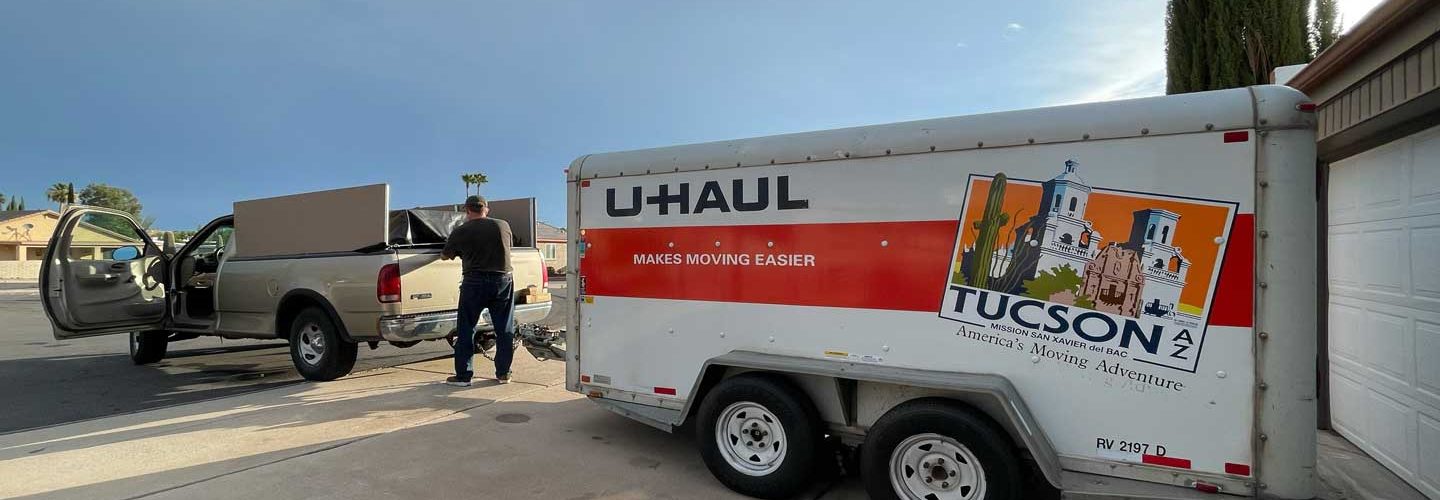Delaney O’Kray-Murphy, EBRC Research Economist
On net, the Tucson MSA attracted about 5,400 more in-state migrants than it lost each year from 2018-2022
Migration plays a crucial role in shaping the long-term economic and demographic landscapes of states and communities. It contributes to the expansion of regional labor forces and influences the utilization of institutional resources, impacting economic growth and development. The analysis of domestic net migration helps identify which areas are attractive to workers, providing insights into growing regions and facilitating informed decision-making for policymakers and economists. By studying migration trends, researchers can understand the factors driving population shifts and their implications for labor markets, infrastructure planning, and overall socio-economic dynamics.
The American Community Survey 5-year edition provides an opportunity to delve into regional migration dynamics. Exhibit 1 indicates Arizona’s net same-state county-to-county migration for individuals 15 and up. From 2018-2022, roughly 120,690 individuals moved from one county to another annually. Pinal County achieved the largest average annual net same-state in-migration with 8,132, followed by Pima County with 5,423. On the other hand, Maricopa County ranked last, with a net same-state out-migration of 14,049, followed by Apache with 4,359.
Exhibit 1: Net Annual Arizona Same State County to County Migration, Persons 15+, ACS 2018-2022 5-Year Survey
The ACS county-to-county edition delves into deeper insights regarding same-state migration trends. Exhibit 2 showcases the breakdown of major migration flows within Arizona, based on the most recent data from the 2016-2020 ACS 5-year survey, with the counties at the top representing the destination locations. Note that this is the last survey period for which both the destination and origin counties will be published in this format. Pima and Pinal counties stand out as major destinations for same-state migrants from Maricopa County, receiving 3,559 and 6,481 individuals, respectively. Conversely, Apache County has the highest outbound migration to Maricopa County with 1,389 individuals, while Maricopa County is the primary source of migrants to Pinal County, sending 6,481 individuals.
Exhibit 2: Source Analysis of Net Same State Migration Among Select Arizona Counties, Persons 15+, ACS 2016-2020 5-Year Survey
Exhibit 3 below outlines Arizona's average annual net same-state migration from 2018 to 2022 for individuals aged 15 and above, sorted by net same-state migration. Concurrently, Exhibit 4 presents the same data for the 2013-2017 period. Pima County experienced the most substantial increase in net same-state migration between these two surveys, adding an average of 4,721 individuals annually, followed closely by Pinal County with 3,928. Conversely, Maricopa County witnessed the most significant decline in net same-state migration, decreasing by 6,792 individuals annually, followed by Apache County with a decrease of 2,653.
Exhibit 3: Arizona Same State County to County Migration, Persons 15+, Select Flows, 2018-2022 ACS 5-Year Survey
Exhibit 4: Arizona Same State County to County Migration, Persons 15+, Select Flows, 2013-2017 ACS 5-Year Survey





